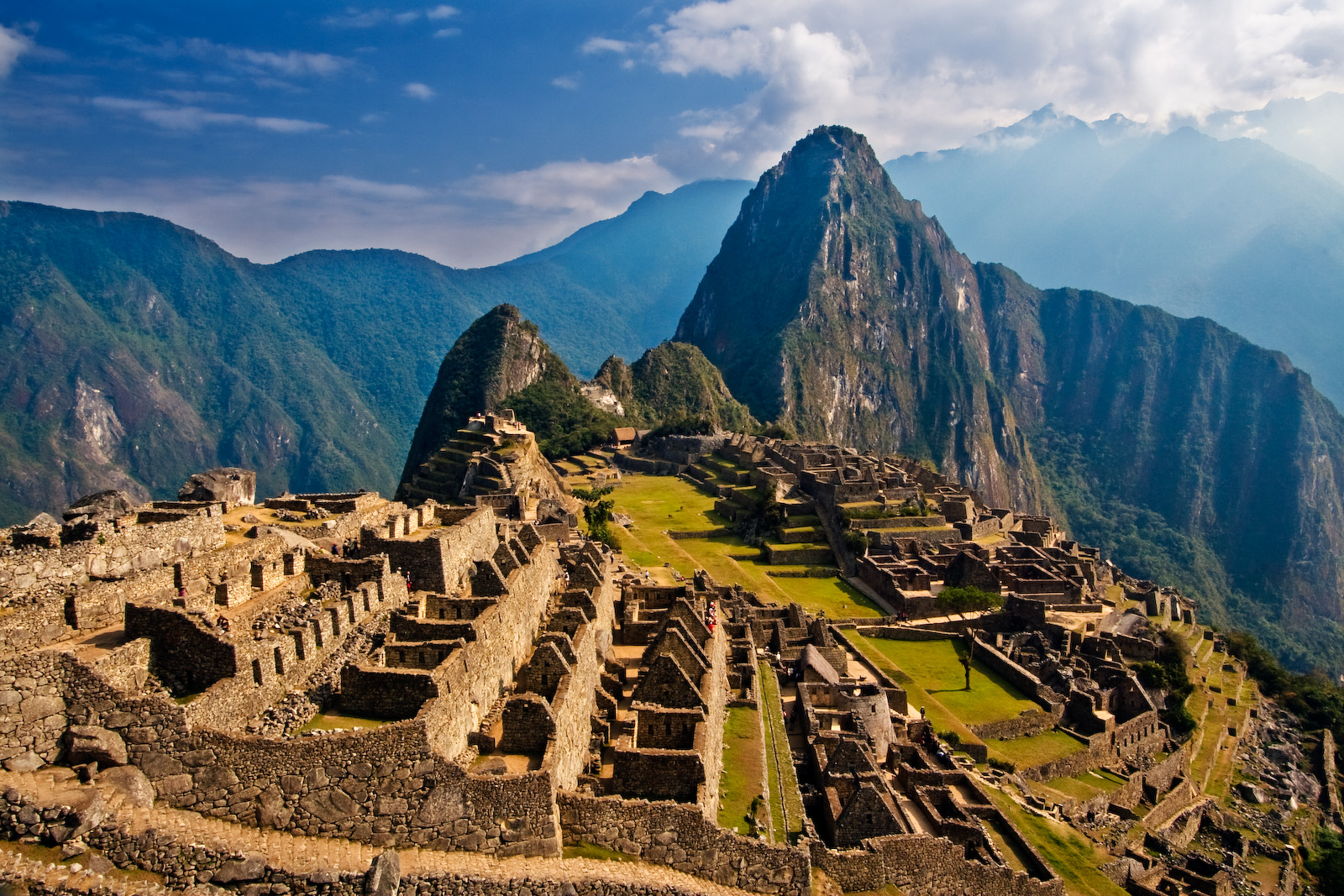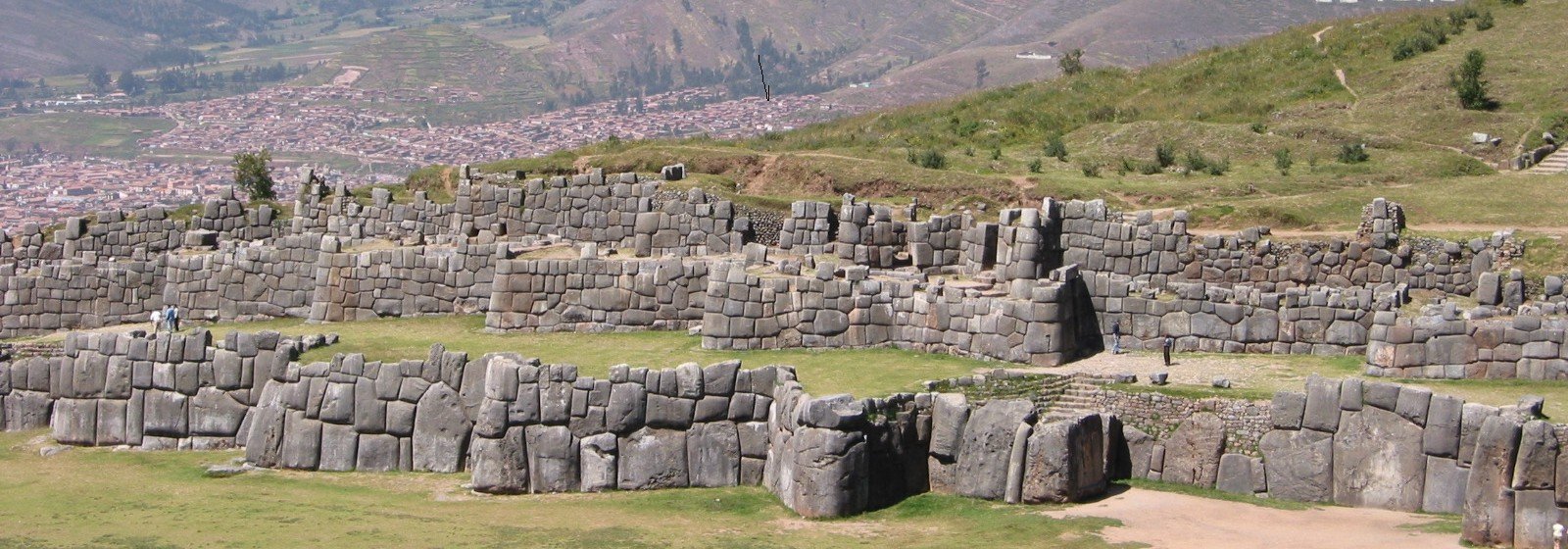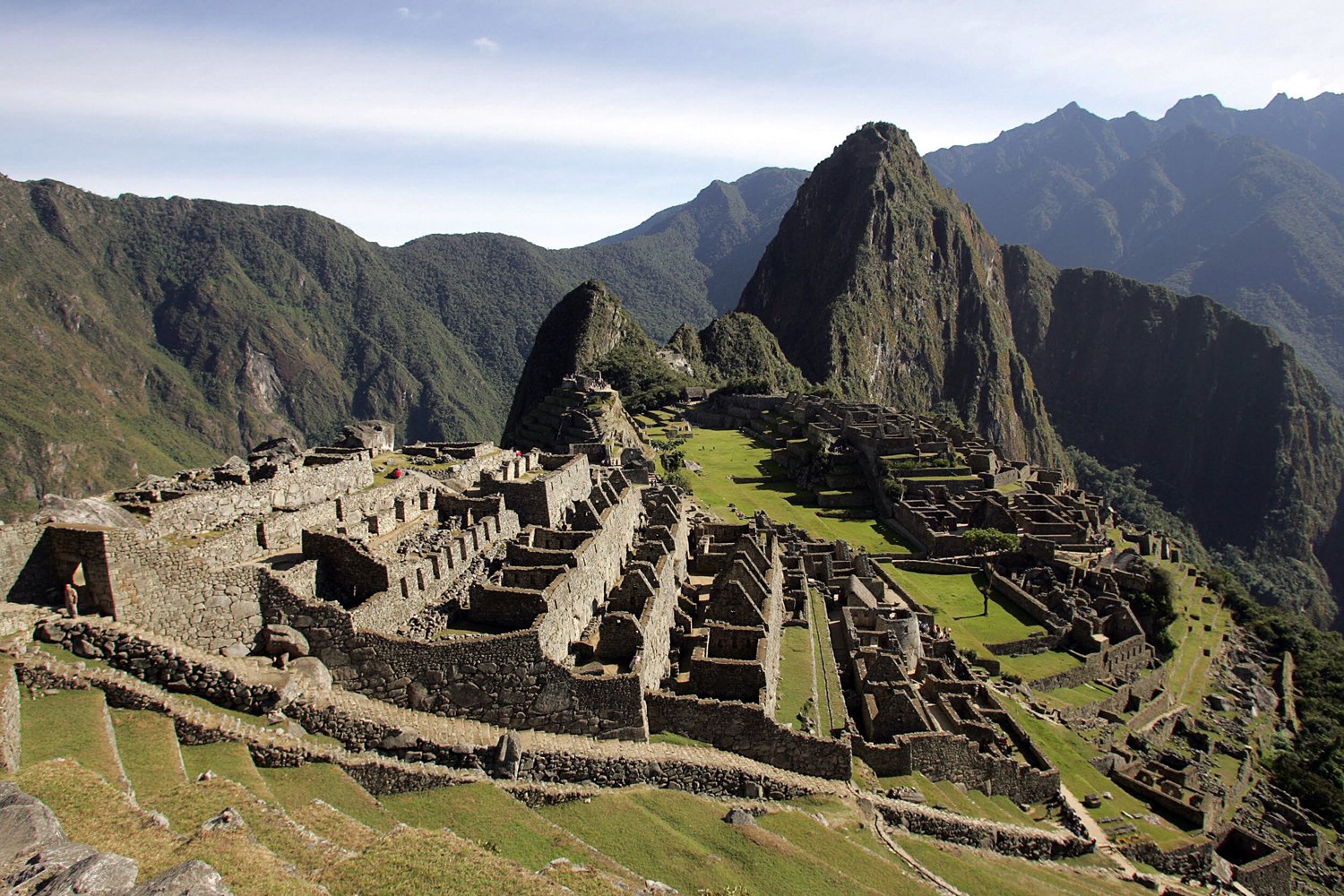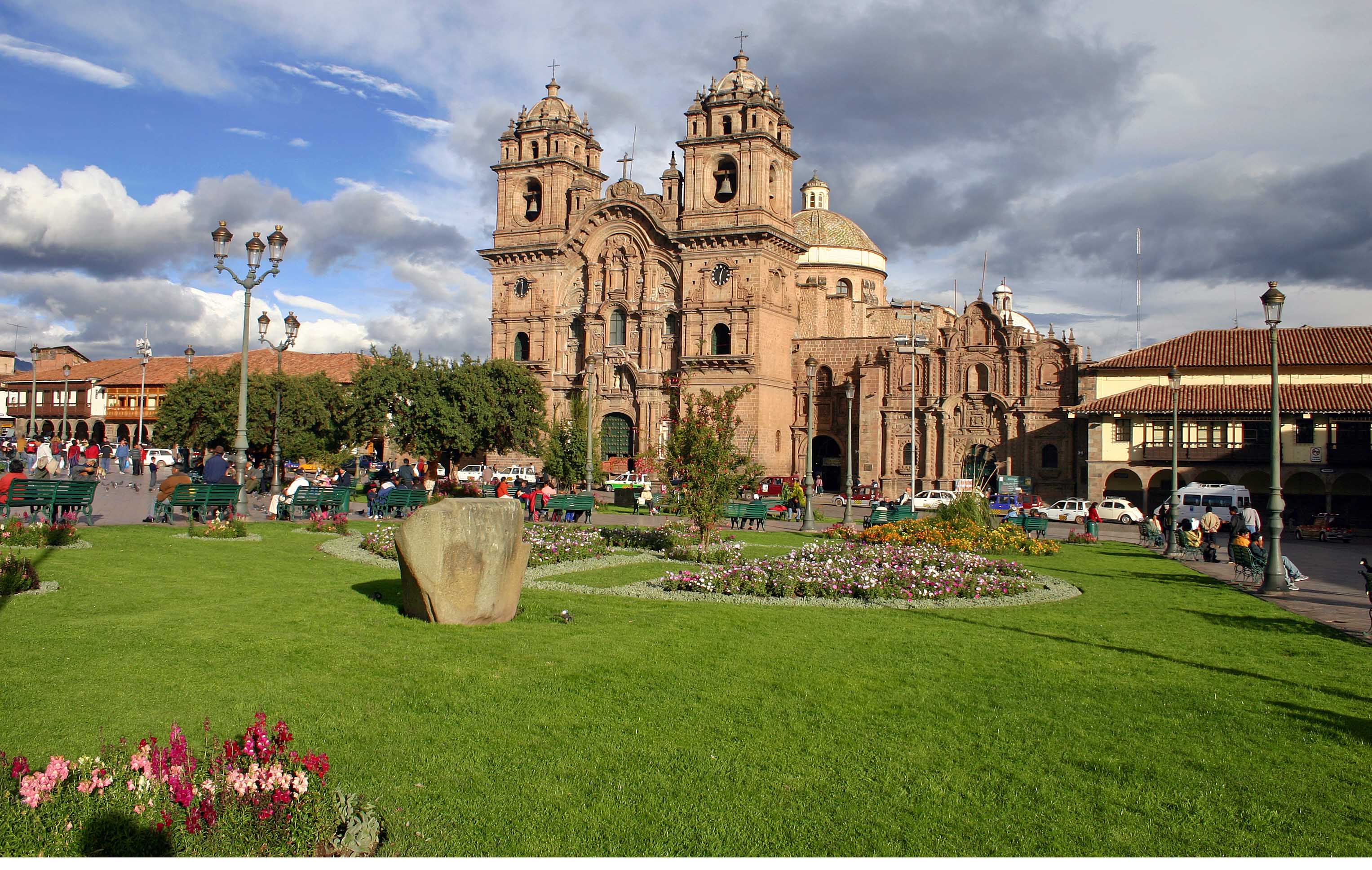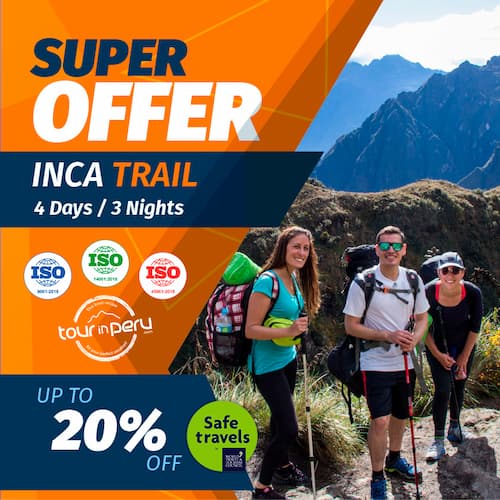The following is very useful information on what to pack for your trips to the Andes Mountains of Cusco, Machu Picchu, Peru. You will also find some useful suggestions on acute mountain sickness, altitude information, AMS, what to do in case of having health problems at altitude, and suggested stuff to be brought for bikers and hikers.
TOUR IN PERU EIRL – TOUR OPERATOR. Local number in Cusco is 51 84 254086 but not necessary to dial the first four numbers once you are in Cusco, the mobiles: 971-569997 or 982 758344.
Packing List: There’s a very good saying that goes ‘Bring twice as much money and half as many clothes as you think you’ll need’!
The key to packing for a trip to Peru is to pack for a variety of conditions while keeping the weight to a minimum. Easier said than done when you have to deal with the intense heat of the high altitude, the cold mountain nights and the heat and humidity of the Amazon Basin. The best way to deal with these extremes is to dress using several layers rather than one thick layer. If you forget something, most things can be bought in most Peruvian cities, including excellent and cheap alpaca sweaters.
Weather averages – 66 degress F (19 degrees C) yearly daytime average in Cusco. Rainy season starts in November and continues until late March/early April. Does not mean it rains every day, but the threat of rain is possible. Nighttime temperatures can be low 40’s F (5 or 6 C) Peru airlines used to charge $6 US per person, departure tax for domestic flights and $30 US per person for International departures. But they have now included this tax in your tickets at time of purchase.
Andes Mountains suggested packing list:
- Duffle bag with shoulder straps, backpack or luggage with wheels.
- Day pack – can be used as carryon and overnight bag when needed.
- Comfortable walking boots or shoes with good ankle support. (check shoelaces)
Clothes: (cotton clothing takes a long time to dry when washed by hand), 2-3 pairs long pants (1 can be “convertible” to shorts) Including the pants in which you travel, (1 of these 3 pants could be warm track pants or sweat pants for sleepwear), 1 pair shorts or convertible pants for jungle/lower elevations, 3 -T-shirts and 1 or 2 tanks for women, 2-3 long-sleeved shirts (1 can be warm), Swimwear (optional), 5-6 Underwear and 5 socks (thermal underwear is highly recommended, being light, warm and makes good nightwear on cold nights).
Water resistant lined jacket (not windbreaker) or vest (you can pair the vest with thermal or other warm, shirt which can also be worn alone).
Hat or cap to protect from the sun and gloves. (can easily be bought in Peru).
Towel or shammy plus small toiletries. (hotels will provide the basics).
Sun screen, lip balm, sun glasses. (even when the temp is cool, the sun can be damaging).
Alarm clock, flashlight or headlamp.
Basic first aid kit (each person should carry pain reliever of their choice).
Passport Pouch.
Camera and/or small video camera with large memory card. (There are stores that will unload your memory card to a CD, so you can continue to use it, if necessary).
Girls/Women – double your monthly supplies, even if you don’t anticipate having a menstrual cycle, altitude can change that! Pharmacies are available and do offer supplies, but if you prefer a particular brand, please bring your own.
Optional extras include:
Plastic sandals or flipflops – useful in the shower. (we recommend always wear shoes that cover and protect the entire foot. Walking conditions vary, even in the cities, from pavement, cobblestones, dirt track and muddy paths).
Reading materials, pack of cards, journal and pen, sketch paper and pencils.
Binoculars (should be small and lightweight).
Water bottle (bottled water can be bought throughout Peru).
Raingear – you can sub a waterproof jacket for the fleece jacket OR you can purchase a poncho for $5 in Peru and leave it behind when you go home.
Waterproof watch with gizmos – this is the one instance where having a watch with altitude and weather reading gizmos, might be fun, if not useful.
Maps and tour guide books.
Plug adaptor, although many hotels have 110 V or both 110/220
Hand sanitizer or individually wrapped towelette sanitizers. Small packet of tissues or small partial roll of TP (in Ziploc bag).
Insect Repellent (Mainly for use in Iquitos/Manu/lower elevations).
Duct tape for instant repairs.
Bandana – can be used to dry hands, or wipe things.
Neck gator – lightweight. (doesn’t take up a lot of space and adds comfort when cool).
Energy bars such as Odwalla or Clif. (avoid messy chocolate or sugary bars).
A few extra Ziploc baggies. These come in handy.
Spanish or Quechua dictionary (small) is useful.
Bikers/Hikers Packing List:
Bike trips and Bike & Hike trips are van supported unless otherwise noted. Always carry your
passport/money/valuables on you. We provide bikes, helmets, equipment needed for accommodations in hotels or for camping. There is no porter service on the hike, so it is necessary that your backpack be big enough to carry all your personal equipment. Except for raingear & lounging wear, the following items can be brought if needed, but are optional:
Cycling shorts & leg warmers or cycling tights (is most efficient if you wear the same pants hiking & biking.
Rain jacket/pants (same as above).
Riding shoes and/or covers (best to use the same shoes you will hike in).
Riding gloves (we will also provide these).
Water bottles.
Sleeping bag.
Change of warm clothes for sleeping/lounging – including warm hat & gloves.
Neck gator.
Small personal first aid kit including pain relievers and remedies for blisters
Insect repellent is optional – bugs are not a big problem, but if you are at all worried, then bring it.
Sunscreen – most important because sun at altitude is very damaging to skin. Avoid bringing: Hair dryer (some hotels will have them) and Cell phones (unless you have a satellite phone, not very practical, except as a clock or alarm. Blackberry/Iphone may get calls in big cities for about $1/m. check with your phone service provider). Internet cafes with public computers are everywhere and very cheap.
Jewelry – you can buy new items and wear them home.
Camera bags. Carry camera and video equipment in neutral looking bag/backpack. ATMs are available in all the big cities, including Lima, Cusco, Ollantaytambo and Puno. VISA is the most widely accepted. ATM machines limit withdrawals to $400 Peruvian Soles per day (or equivalent in US Dollars) U.S. dollars are used in all cities, but must be in PERFECT condition. They must look freshly made. Good to carry Peruvian soles if visiting smaller villages. AMEX is not commonly accepted, but is accepted in some high-end restaurants. Lima airport has “cambio” for exchanging money, but you can also wait until you get to Cusco. There are many near the main plaza. It is considered safe to walk around the center of the city. Many hotels have oxygen tanks in the lobby. Available on request. Wi-Fi may be available in hotels on a limited basis. Many hotels have a public computer with internet available for their guests.
Altitude Information
What is Acute Mountain Sickness? Acute mountain sickness (AMS) refers to a spectrum of medical problems that may occur on ascent to altitude, ranging from mild symptoms to fatal
illness. Mountain sickness may occur as low as 8,000 feet, but most serious illness is seen above 12,000 feet. With increasing altitude, there is a progressive decrease in barometric pressure and a corresponding decrease of oxygen in the air. This is the cause of AMS, however, the exact process that triggers illness is not known. Nor is it known why some persons become ill while others successfully acclimatize-a process of physiologic changes allowing the body to adapt to less oxygen in the air. In travelers to altitude, some of these acclimatization changes occur in days, others in weeks.
The incidence and severity of AMS depends not only on the altitude attained, but also on the rate of ascent. There is individual susceptibility, but no one is immune. Physical conditioning and prior success at altitude do not preclude illness. In fact, young, conditioned climbers have a higher incidence, probably because they push themselves harder. This does not imply that physical conditioning is unnecessary or undesirable. It means that even those in top physical condition must respect the limits on travel imposed by altitude.
Symptoms of AMS. Most people have experienced (but may not have recognized) mild symptoms of AMS, which include headache, lack of energy and appetite, nausea, dizziness, weakness, and insomnia. The symptoms begin 4-12 hours after arrival at altitude and are usually transient, lasting one to two days.
Treatment in the Field. First and foremost in the treatment of progressive AMS symptoms is evacuation to lower altitudes. Often a descent of 2,000-3,000 feet is enough. If oxygen is available, it is helpful and should be given, but never as a substitute for descent. Don’t wait for the helicopter that may come too late or never at all. Mild to moderate AMS can be watched carefully at the same altitude for one day to see if there is improvement. Lack of improvement in 12-24 hours or any signs of deterioration require immediate descent. Aspirin is most useful for the headache of AMS. Stronger medication, such as codeine, should be used with caution and only when a knowledgeable person is monitoring the victim. Sleeping pills should not be used for insomnia related to AMS; they depress breathing and may worsen symptoms. Acetazolamide (Diamox) is the best medication to treat symptoms of mild to moderate AMS and to aid sleep, but should be used only with knowledge of its effects and the proper dosing regimen.
Monitoring. It is very important for partners, and friends to monitor each other. Sometimes serious AMS goes unrecognized because the victim becomes unsociable and others assume that reclusive or bizarre behavior is their usual personality. Other cases are incorrectly diagnosed as a “flu” or traveler’s infection. Anyone who is doing poorly or feels ill at altitude should be assumed to have altitude illness! Do not try to conceal symptoms and tough it out by pushing higher. Please keep the group leader or guide informed of any significant symptoms you, your partner or friend may have. Delay can result in deterioration from someone who could have walked down with assistance to a litter patient who is extremely difficult to carry down, or worse yet, to a corpse.
Prevention. The best prevention of AMS is slow ascent. Symptoms are common when flying or driving to 9,000 feet or above. . Acclimatization is progressive process.
Successful acclimatization at one altitude results in only partial acclimatization to higher altitudes. Overexertion disposes to AMS. Don’t push beyond your ability; all activities are designed to allow you to go at a comfortable individual pace. While physical conditioning does not prevent AMS, it makes any hike or climb less exerting. Dehydration increases the risk for AMS and worsens the symptoms.
Health Problems at Altitude. More often than not, attempts to predict performance at altitude are no better than guessing. However, over the age of 50, only very fit people who exercise regularly and have some experience with high altitude should try to go to 15,000 feet. Narrowing of the arteries (atherosclerosis), which occurs in everyone to varying degrees, further limits the delivery of oxygen to the brain and heart. This can lead to angina, congestive heart failure, altered mental function, or even heart attack or stroke.



